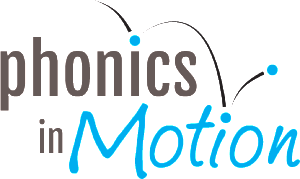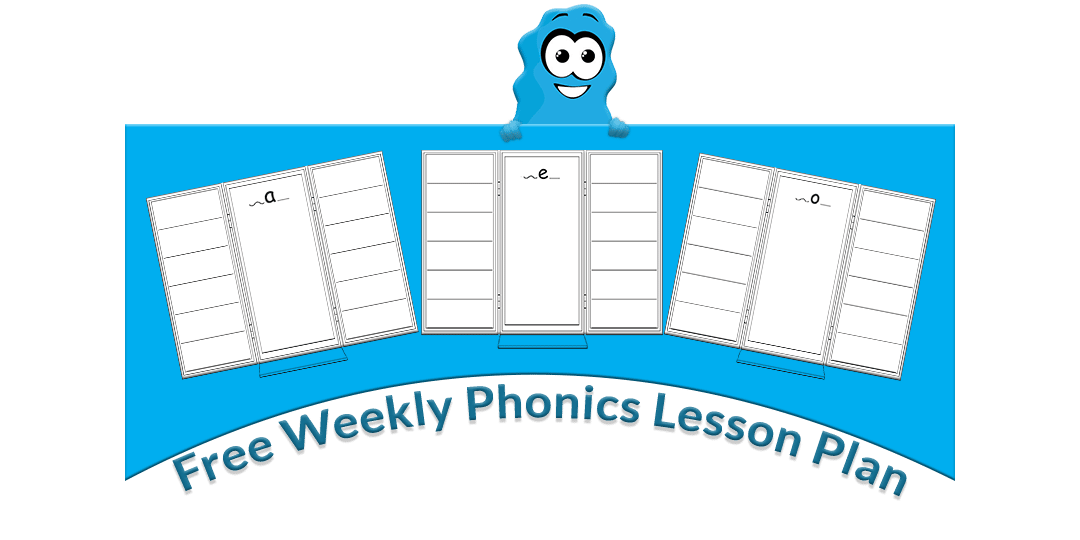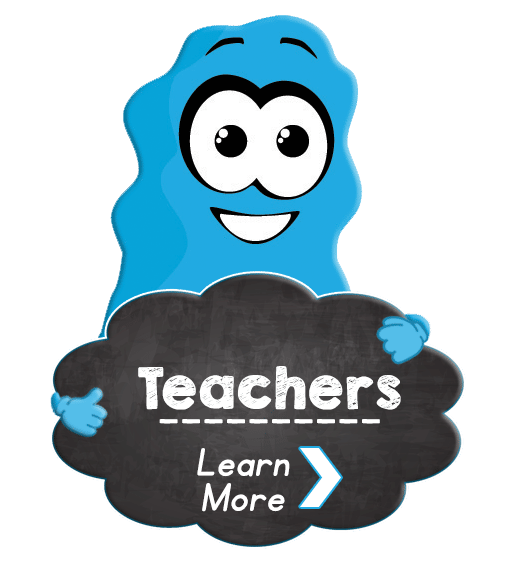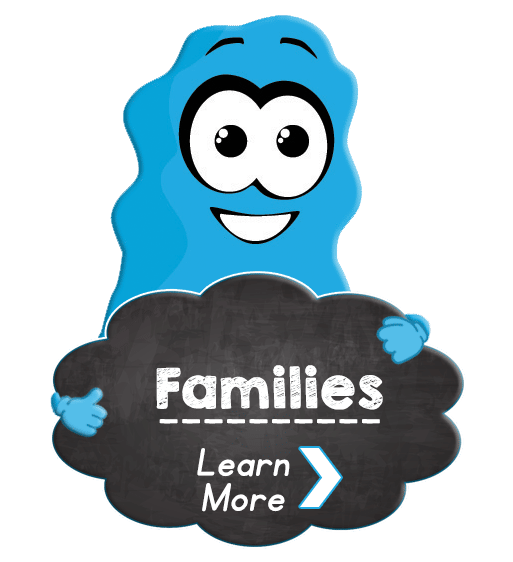Structured Literacy: How To Teach Through Multisensory Instruction
 When it comes to teaching reading, there are many different methods and approaches that educators can use. However, in recent years, there has been a growing recognition that structured literacy is the most effective way to teach reading to students of all ages and abilities.
When it comes to teaching reading, there are many different methods and approaches that educators can use. However, in recent years, there has been a growing recognition that structured literacy is the most effective way to teach reading to students of all ages and abilities.
Let’s explore how to teach structured literacy through evidence-based, inclusive, and multisensory instruction.
What Is A Structured Literacy Approach?
Structured literacy is an approach to teaching reading that is based on the science of reading. It is a comprehensive, systematic, and explicit method that focuses on teaching students the foundational skills they need to become proficient readers.
This method is based on the idea that there are five key components of reading: phonemic awareness, phonics, fluency, vocabulary, and comprehension. Each of these components is taught systematically and explicitly, with a focus on building a strong foundation of skills that will support reading success.
In the science of reading, the weaving together of these pillars through a systematic approach is referred to through a model called Scarborough’s Rope.
What Is The Difference Between Balanced Literacy and Structured Literacy?
While the differences between the two methodologies are vast, the two most commonly discussed are phonics instruction and text selection.
Difference 1. Phonics Instruction
One of the most significant differences between structured literacy and balanced literacy is the approach to phonics instruction. Evidence-based instruction places a heavy emphasis on teaching phonics in a systematic and explicit manner, using a specific scope and sequence. This may include teaching students to decode words using phonetic principles and rules, such as sounding out words by blending individual sounds or breaking words down into syllables.
In contrast, balanced literacy incorporates phonics instruction as one of several strategies for teaching reading and writing. Phonics is not explicitly taught and it does not follow an evidence-based scope and sequence. There is a general consensus that kids will get better at reading by reading more, without focusing on the skills needed for reading fundamentals.
Difference 2. Text Selection
Another key difference between the two is the approach to selecting texts for students to read. Structured literacy typically uses decodable texts that are carefully matched to the phonics skills that students are learning. These texts often contain a high proportion of words that can be sounded out using phonetic principles.
Balanced literacy, on the other hand, focuses on leveled readers which focus on context clues and pictures, rather than relying on or practicing phonics skills.
Why Is Structured Literacy So Effective?
Structured literacy is the most effective way to teach reading because it is based on the science of reading. Research has shown that the five components of reading are essential for reading success, and that teaching these components systematically and explicitly is the most effective way to help students become proficient readers.
Reason 1. Structured Literacy Builds A Strong Foundation Of Skills
Structured literacy focuses on teaching the foundational skills that students need to become proficient readers. By teaching phonemic awareness, phonics, fluency, vocabulary, and comprehension systematically and explicitly, students build a strong foundation of skills that they can use to read with accuracy and comprehension.
Reason 2. Structured Literacy Is Evidence-Based
This instructional approach is based on the science of reading, which means that it is backed by research and evidence. Research has shown that teaching reading using brain-based methods is the most effective way to help students become proficient readers.
Reason 3. Structured Literacy Is Inclusive
Structured literacy is an inclusive approach to teaching reading, which means that it can be used with students of all ages and abilities. Whether a student is a struggling reader or an advanced reader, this approach can help them build the skills they need to become even more proficient.
Reason 4. Evidence-Based Instruction Supports Long-Term Reading Success
Because this approach focuses on building a strong foundation of skills, it supports long-term reading success. By teaching students the skills they need to read with accuracy and comprehension, structured literacy helps ensure that students will be able to read well throughout their lives.
Phonics in Motion – A Multi-Sensory Structured Literacy Curriculum
Phonics in Motion is a program that uses structured literacy methods to teach reading, but in a way that keeps kids engaged and high energy.
Method 1. Phonics in Motion Incorporates Movement
One of the complaints about this approach is that it can be “boring”. But luckily, it doesn’t need to be.
Phonics in Motion incorporates movement into the learning process, which helps keep kids engaged and high energy. By incorporating movement, Phonics in Motion helps students learn through multiple modalities, which makes learning more effective.
Method 2. Kid-Friendly Structured Literacy Activities
One of the founding principles of Phonics in Motion is that it was born in the classroom and designed for kids.
This means that the lessons are short, the motions are high-energy, and the program is designed to be flexible. Since Dr. Terry Kindervater spent forty years in the classroom, when she designed Phonics in Motion, she knew that it needed to honor the spirit of childhood.
Method 3. High Energy Structured Literacy Lesson Plans
At Phonics in Motion, we work with kid energy instead of trying to get kids to sit down at their desks for practice. We bring literacy activities to life and tie the lesson into the very activities they love and enjoy day-to-day. This means that you can tailor your lesson plan to your students’ abilities and current interests, making it an authentic learning experience.
Method 4. Phonics in Motion Follows A Structured Literacy Scope And Sequence
Despite being engaging and high energy, Phonics in Motion is still based on evidence-based literacy methods. The program is comprehensive, systematic, and explicit, and it focuses on teaching the foundational skills that students need to become proficient readers. By using brain-based methods, Phonics in Motion helps students build a strong foundation that they can use to read with accuracy and comprehension.
Ready to try Phonics in Motion? We have a 15-Hour Online Teacher Professional Development Course that you can complete on your own time.







